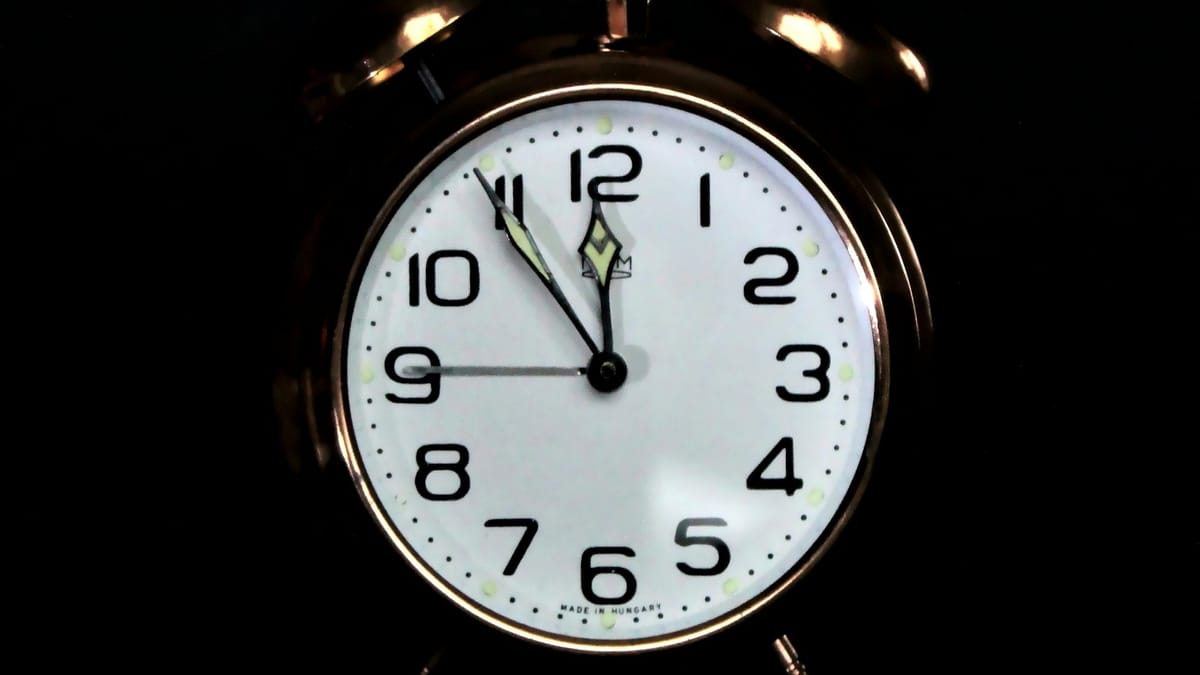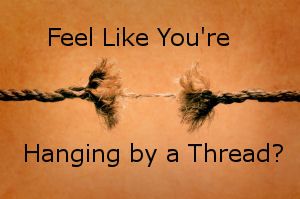Clock Drawing Test Interpretation for Dementia Diagnosis
Discover how the clock drawing test can help identify a wide range of dementia symptoms. Learn about the different aspects of the test and how it can be used as a baseline for further testing. Don't interpret your own test, find out why professional interpretation is important.

What is the Clock Drawing Test?
Clock Drawing Test
The clock drawing test is a deceptively simple yet highly effective assessment tool used to identify a wide range of cognitive deficits associated with dementia. By having an individual draw a picture of a clock with circles and numbers and then adding hour and minute hands to set the clock for a specific time, healthcare professionals can gain valuable insights into the patient’s cognitive abilities. This clock drawing task is a valuable neuropsychological assessment tool, and clock drawing tests are crucial for assessing cognitive dysfunction. This test addresses several key aspects of cognitive function and can help pinpoint underlying cognitive problems that might otherwise go unnoticed.
Quantitative and qualitative analyses are important in evaluating clock drawing performance, providing deeper insights into cognitive impairments.
Watch this informative video on the clock drawing test, a powerful tool for identifying dementia symptoms and cognitive impairments.
Watch this informative video on the clock drawing test, a powerful tool for identifying dementia symptoms and cognitive impairments.
What are we looking for when administering the clock drawing test? This seemingly straightforward task actually assesses multiple cognitive functions, including:
Verbal comprehension/understanding: The ability to comprehend and follow verbal instructions is essential for completing the task accurately.
Memory function/short-term memory problems/recall: Remembering the instructions and applying them to draw the clock correctly requires intact short-term memory.
Executive function/planning abilities: The process of drawing a clock involves executive functions such as planning, organizing, and executing the steps needed to complete the task.
Assessment of visual spatial and perceptual processes: Drawing a clock involves visualizing and reproducing spatial relationships accurately.
Moreover, the time-setting aspect of the test is particularly significant, as it can help identify the specific area of the brain affected by dementia. In some cases, the clock drawing test has been considered sufficient for diagnosis, negating the need for more expensive tests like MRI and CAT scans.
The results of the clock drawing test can serve as a baseline and become part of a patient’s medical record. Comparing these results year after year can help monitor the progression of cognitive decline and prompt further testing if necessary.
It is crucial to emphasize that interpreting these tests requires a high level of expertise. Healthcare professionals who administer and interpret these tests undergo many years of post-graduate education to accurately assess and diagnose cognitive impairments. Attempting to interpret the results on one’s own can lead to misinterpretations and incorrect conclusions.
Aside from the clock drawing test, there are other valuable assessments to consider in evaluating cognitive function and dementia, such as:
Animal Naming Test: Assessing dementia types through the ability to name animals accurately.
St. Louis University Mental Status Exam (SLUMS): A comprehensive mental status exam used to evaluate cognitive function, particularly in older adults.
Cognistat Test: Focusing on memory problems as one of the first noticeable signs of dementia.
Memory Problems Are Probably The First Noticeable Dementia Signs
Mini-Mental Status Exam: Another valuable tool for detecting memory problems and early signs of dementia.
Memory Problems Are Probably The First Noticeable Dementia Signs
The clock drawing test remains an invaluable tool for identifying dementia symptoms and cognitive impairments. Its simplicity belies its effectiveness, making it a preferred choice for initial assessments and ongoing monitoring of patients’ cognitive health. As a reliable screening tool, healthcare professionals with specialized training are best equipped to administer and interpret these tests, providing crucial insights into a patient’s cognitive function and helping to guide appropriate interventions and care strategies.
Administration and Scoring
The administration of the CDT typically involves providing the patient with a pre-drawn circle and asking them to draw the numbers and hands of the clock. The test can be scored using various methods, including the Rouleau scoring system, the Goodglass scoring system, and the modified scoring system. Each scoring method evaluates different aspects of the clock drawing, such as the placement of numbers, the orientation of the clock hands, and the overall appearance of the clock face. The choice of scoring method depends on the specific research question or clinical application.
Interpreting Clock Drawing Errors
Clock drawing errors can provide valuable information about cognitive function and can be used to detect cognitive impairment. Common errors include stimulus-bound responses, conceptual deficits, spatial and/or planning deficits, and perseveration. Stimulus-bound responses occur when the patient’s drawing is dominated by a single stimulus, such as the time-setting instructions. Conceptual deficits refer to a loss or impairment in accessing knowledge of the attributes, features, and meaning of a clock. Spatial and/or planning deficits involve errors in the layout of numbers on the clock face. Perseveration is the continuation or recurrence of activity without an appropriate stimulus. By analyzing these errors, healthcare professionals can gain insight into the underlying cognitive processes and identify potential cognitive impairments.
Our Resources section can help you find the information and tools that you need. We have courses, videos, checklists, guidebooks, cheat sheets, how-to guides and more.
You can get started by clicking on the link below. We know that taking care of a loved one is hard work, but with our help you can get the support that you need.
Click here to go to Resources Section now!
FAQ: Clock Drawing Test for Dementia
What is the Clock Drawing Test (CDT)?
The Clock Drawing Test (CDT) is a commonly used screening instrument to assess cognitive function, particularly for early detection of dementia, including Alzheimer's disease. It evaluates executive function, visual memory, motor skills, and conceptual deficits.
How is the Clock Drawing Test performed?
The test involves giving the patient a verbal command to draw a clock face showing a specific time (e.g., 'Draw a clock showing 10 past 11'). It can be performed using a pre-drawn circle or a blank page.
What cognitive abilities does the CDT assess?
The CDT assesses multiple cognitive functions, including visual memory, executive function, motor execution, semantic memory, and the ability to follow time-setting instructions. It is sensitive to deficits caused by parietal lobe lesions, right parietal lobe damage, and disorders affecting the dorsolateral prefrontal cortex and subcortical regions.
What is meant by 'stimulus-bound response' in the CDT?
A stimulus-bound response occurs when the patient focuses only on individual elements of the task without integrating them properly (e.g., placing all the numbers on one side of the clock). This error may indicate constructional apraxia or parietal lobe dysfunction.
How is the Clock Drawing Test scored?
There are various scoring systems for the CDT, including both quantitative and qualitative analyses. Some methods use a point-based system (e.g., 1 point for drawing all numbers correctly, 1 point for correct clock hands, etc.), while others focus on qualitative errors such as stimulus-bound errors or conceptual deficits.
How reliable is the CDT as a screening tool for dementia?
The CDT is a reliable screening tool, often used alongside the Mini-Mental State Examination (MMSE) to identify cognitive dysfunction. Several studies have found it to be effective for detecting mild dementia and cognitive impairment.
What are some common errors observed in the CDT?
Common errors include placing more than two hands on the clock, misplacing numbers, failing to set the correct time, and making stimulus-bound errors. Such mistakes often indicate cognitive dysfunction, particularly in the frontal, parietal, or subcortical regions.
What is the process approach to interpreting the CDT?
The process approach involves analyzing how the patient completes the drawing task, focusing on both the final result and the drawing process. This approach can reveal subtle conceptual deficits, motor execution issues, and time-setting difficulties.
Can the CDT differentiate between types of dementia?
Yes. For example, patients with Alzheimer's disease often show spatial and semantic memory errors, while those with frontal lobe or basal ganglia dysfunction may display errors related to motor execution and stimulus-bound responses.
What role does functional neuroanatomy play in CDT interpretation?
The CDT helps identify dysfunction in specific brain regions: the dorsolateral prefrontal cortex (executive function issues), parietal lobes (visual-spatial deficits), basal ganglia (motor skills), and corpus callosum (interhemispheric communication errors).
Is the CDT useful for detecting mild cognitive impairment (MCI)?
Yes. The CDT is effective for identifying mild dementia and MCI, often revealing significant differences in cognitive function that may not be detected by other assessments.
Why are both quantitative and qualitative analyses important?
Quantitative scoring provides a numerical measure of performance, while qualitative analyses offer insights into the nature of errors, such as stimulus-bound errors, constructional apraxia, and time-setting mistakes. Together, they offer a comprehensive view of cognitive impairment.
How is the CDT used with other screening tools?
The CDT is often paired with the Mini-Mental State Examination (MMSE) to improve diagnostic accuracy. The combination can detect a broader range of cognitive impairments, from executive dysfunction to visual-spatial deficits.
Can the CDT detect psychiatric disorders?
Yes. The CDT may reveal cognitive dysfunction linked to psychiatric disorders such as depression or schizophrenia, where executive function and motor execution can be impaired.
Are there significant advances in CDT research?
Several studies have demonstrated that using process-oriented approaches and analyzing conceptual errors can improve early detection of cognitive decline. Research continues to refine scoring methods and explore differences across types of dementia.
You might also like this article:











